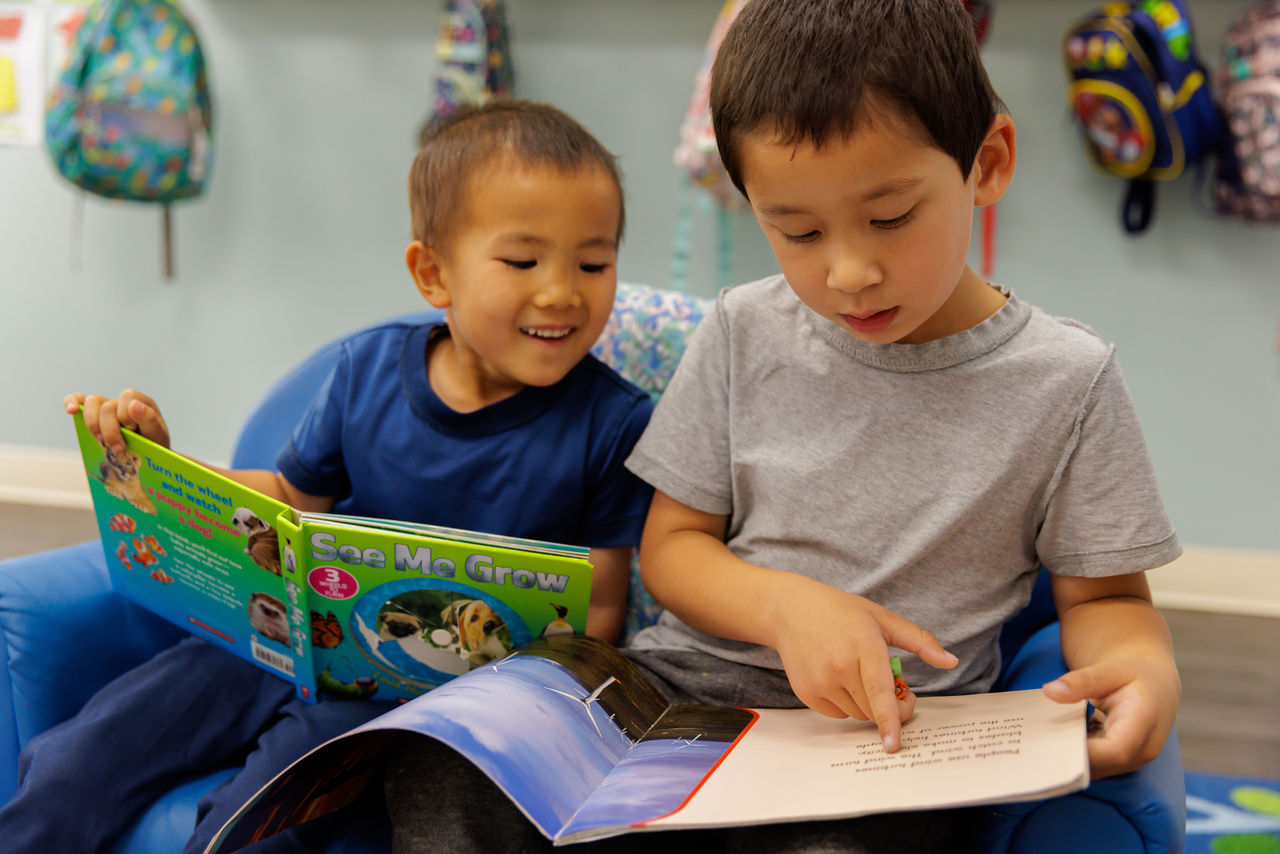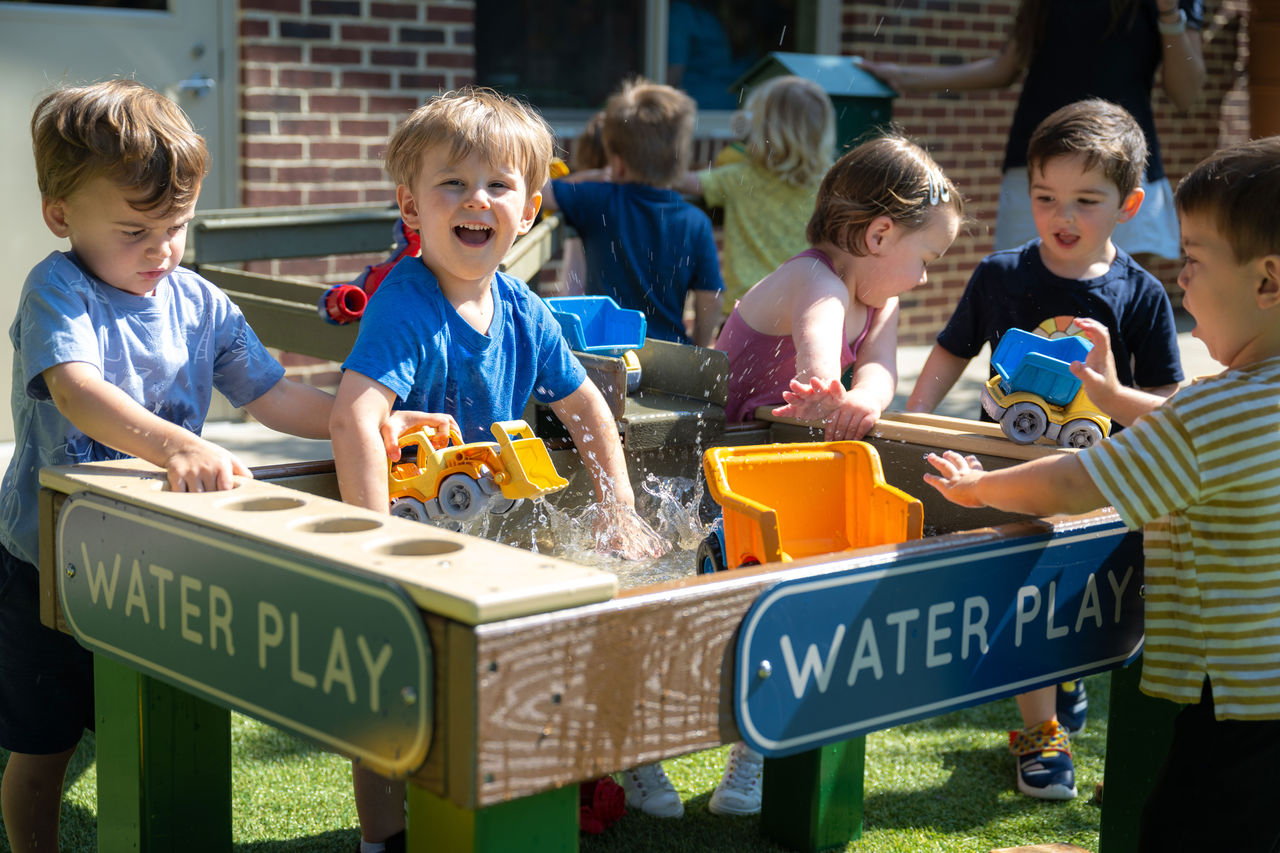Fostering a sense of appreciation in children is often one of the most unexpectedly challenging lessons for a parent to teach. For starters, the concept of gratitude is abstract and can be difficult for young children to understand. However, encouraging thankfulness from an early age can help cultivate a lifetime of happiness and satisfaction. Implementing simple gratitude activities for kids and staying consistent is the key to developing a grateful mindset in children.
Children who learn about gratitude are more likely to grow into empathetic and sensitive adults. Perhaps most importantly, teaching thankfulness cultivates a happier overall mindset. A study published in the Developmental Review in 2021 found that grateful children tend to be more optimistic and experience better social relationships and support.
Start with “Thank You”
Gratitude education for children starts with the simple act of saying “thank you.” This seemingly small expression of appreciation lays the groundwork for a deeper, more meaningful gratitude practice later on. While it’s true that encouraging a child to say “thank you” may not always elicit a genuinely thankful response, children will begin to understand that acts of kindness or gifts should be met with a verbal expression of appreciation. Learning how to say “thank you” helps set children up for success as they continue to learn more about themselves as they build social relationships.
Implement the Four Parts of Gratitude (Noticing, Thinking, Feeling, Doing)
Gratitude is made up of four parts: noticing, thinking, feeling, and doing, each of which is uniquely important and meaningful when teaching children about gratitude. Families can initiate conversations about gratitude using these four parts by asking questions such as:
- What things do you notice today that are worthy of gratitude? For younger children this question could be what do you notice that makes you feel happy?
- Why do you think you have been given those things?
- How do you feel about these things you’ve been given?
- What will you do to demonstrate your appreciation for these things?
While younger children may not be ready to engage in all four parts of the gratitude conversation, they will learn by watching you and other family members. Asking these questions and thinking about the four parts of gratitude helps children learn how to experience genuine thankfulness and how to express that appreciation to others.
Perform Acts of Kindness
Expressing gratitude can be practiced by the whole family, and performing acts of kindness is a powerful way to teach children how to show appreciation for others. Daily acts of kindness that you can do with your child include making a card for a family member or friend, writing a thank you note, donating gently used items to local charities or paying compliments to friends. Families can come together to perform acts of kindness that benefit their entire community like picking up litter in a park or making baked goods for a local community helpers like firefighters, nurses or librarians.
Practice What You Preach
Being a role model is an essential aspect of teaching little ones about gratitude. Children are very perceptive, and they are likely to model your behavior. When you consistently practice gratitude and conduct yourself in a positive way you demonstrate the importance of those values. Here are some simple ways to model gratitude:
Reflect on good things with your child like, “I love how we’re spending time together today. It makes me feel really happy, and I’m thankful for it.”
Praise your child for their efforts. “Thank you for sharing your toy with your brother. That was very kind of you.”
Be grateful for small things. “I’m so glad we found your teddy bear! It feels great to have it back.”
Appreciate the world around you. “Isn’t it great that we get to see these colorful flowers? I’m so thankful we can play outside today.”
Establish a Ritual for Gratitude
Creating a family gratitude ritual not only helps children continue to develop a grateful mindset but cultivates a sense of happiness and appreciation within the entire family. Gratitude rituals can be as small as talking about what each family member is grateful for during dinner, or as big as coordinating a project with a substantial community impact, like a fundraiser or park clean up. Building a daily habit of practicing gratitude will encourage your child to stay present and thankful every day.
For more ways to teach children about gratitude, check out this blog post for a list of age-appropriate books all about thankfulness!




